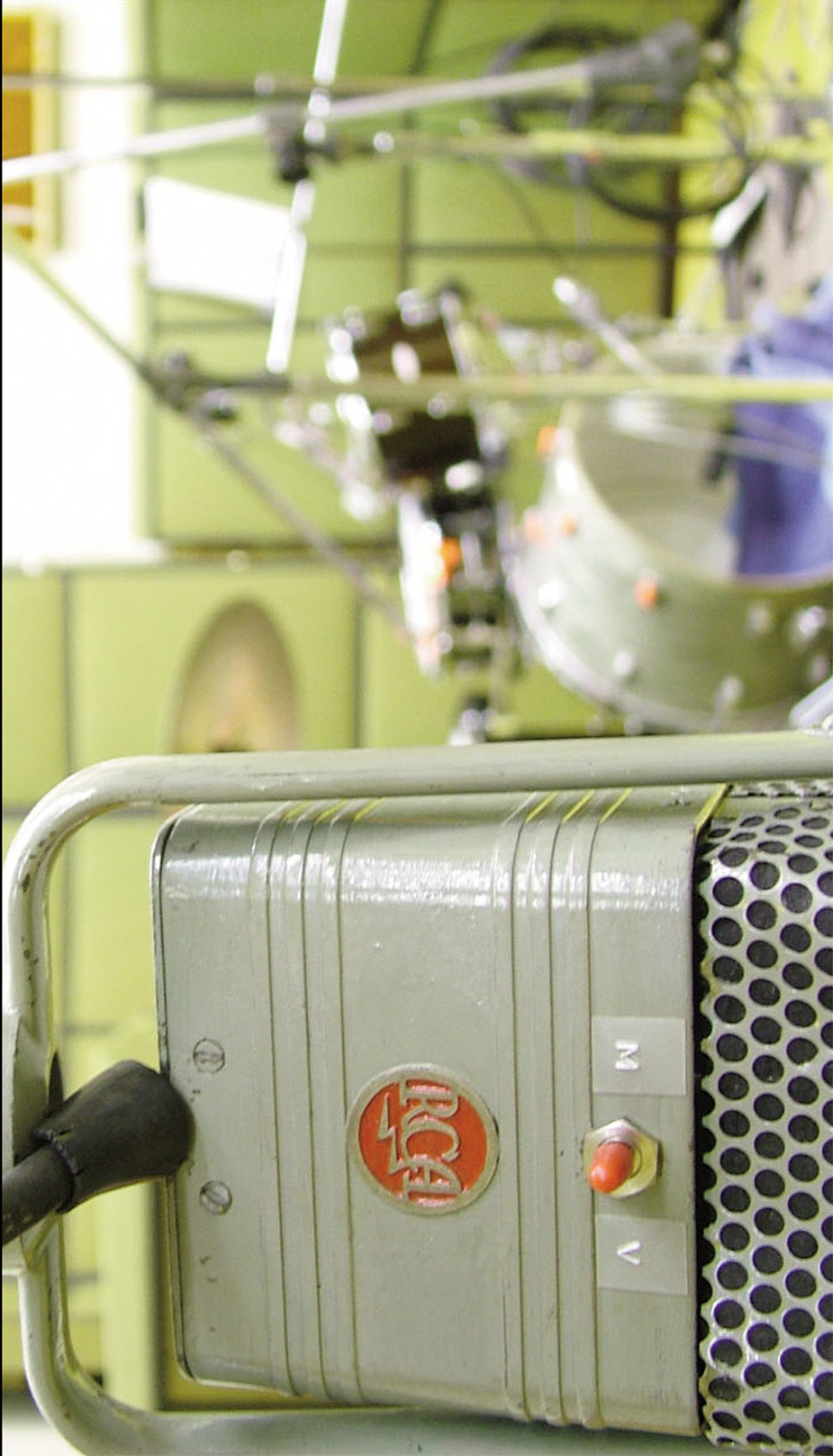You can't take ten steps at an audio trade show without seeing a new 500-series preamp. Yet the only one that caught and held my attention at the January 2016 NAMM Show was the Avedis Audio MD7. After talking with company owner and product designer, Avedis Kifedjian, and demoing the preamp on the noisy show floor, I knew I wanted to try one in the real world.
The MD7 has a unique topology, so it's worth starting there. It's an all-discrete, single op-amp design with Jensen transformers at the input and output stages, as well as a Class A buffer amp used to feed the Send output jack (more on that in a second).
Unlike most preamps, the variable Trim knob attenuates the incoming signal directly after the input transformer (and not at the output stage, where you might expect it). This eliminates the need for an input pad, and it means that hotter incoming levels can push the input transformer into saturation. This seemed odd at first, but in my experience, even the loudest signals like guitar amps and snare drums never overloaded the MD7's input stage in an unpleasant way. In Avedis's words, "Quality transformers can take a high level of signal. The key is that we want that higher level to hit the input transformer without a pad in between the microphone and transformer." If your curiosity is piqued, there's a whole essay from Avedis on the company's website, explaining his reasoning behind this design choice.
The Gain control, which is a rotary switch on a ring that is concentric to the Trim knob, is stepped in 4 dB increments, and it determines how much the op-amp drives the output transformer. A maximum of 64.7 dB of low-noise gain is available. If I'm not doing a proper enough job in my explanation, and you're having a hard time making sense of this signal flow, you can visit the website for an informative signal-flow diagram.
The op-amp in the MD7 is Avedis's own 1122, which he designed while working at Brent Averill Enterprises. Based on the API 2520, the 1122 uses updated components for greater reliability and manufacturing consistency, while still delivering a hefty low-end and wide-band response. But please don't be mistaken — the MD7 is not an API clone.
To my ears, the MD7 has the transient response and quickness associated with API preamps, minus the mid-forward aggression. Instead, I found the MD7 actually tamed some of the annoying peaky midrange of certain electric guitar sounds. It's a very natural and even character, with tons of detail on even the quietest sources, so it quickly became my go-to for acoustic guitars. On the other hand, the harmonic distortion that can result from the pad-less input transformer saturating on louder sources — snare drums specifically — certainly differentiates the MD7 from less colored designs, like John Hardy's. The noise floor of the MD7 is also insanely low, so ribbons and room mics loved it.
I think the real beauty of this preamp is its ability to cover a lot of bases without leaning too far toward any one side of the character spectrum. It has some of the color and personality of vintage preamps, without being too niche, yet also the fidelity and clarity you'd associate with the transformerless hi-fi realm, minus the sterility. I would happily choose the MD7 for a string or voiceover session just as quickly as I would for a loud bass amp, vocal, or mono drum overhead.
Perhaps my favorite feature of the MD7 is the built-in effects loop for guitar pedals, tape delays, and the like. The unbalanced 1/4'' Send comes off the buffer amp — located directly after the Trim control — and the corresponding 1/4'' Return comes back before the op-amp. Therefore, Trim feeds Send, while Gain handles Return (and output) level. This is fantastic when you're tracking guitars and you want to audition different pedals, post-amplifier. But it's not just a tracking tool. A button labeled "Line I/P" switches the module's main input to line-level, so you can also run the MD7 and its effects loop as a pedal interface for your DAW, like you can with the Radial EXTC 500-series stompbox interface [Tape Op #100]. Other than the Meris 440 [#103], I haven't seen another 500-series preamp that incorporates a pedal loop, though I have a feeling this trend will catch on soon.
Lastly, the Return jack doubles as a very responsive and clean DI, which is always convenient. The expected phantom-power and polarity switches are present as well, along with a gentle high-pass filter (about −3 dB at 80 Hz). If I have one minor complaint, it's that the HPF could be a little steeper; with it engaged, I still heard more rumble on acoustic tracks than I would have liked. That said, it's safer to leave it than take too much away, so I'll shut up.
I rarely get excited about new preamps, but the MD7 is one of the most refreshing and innovative designs I've seen in the 500-series game. Its applicability across different sources, coupled with its re-amp and DI functionality, makes the MD7 a super-practical, excellent-sounding studio tool. You couldn't get more bang for your buck if you tried.




_disp_horizontal_bw.jpg)